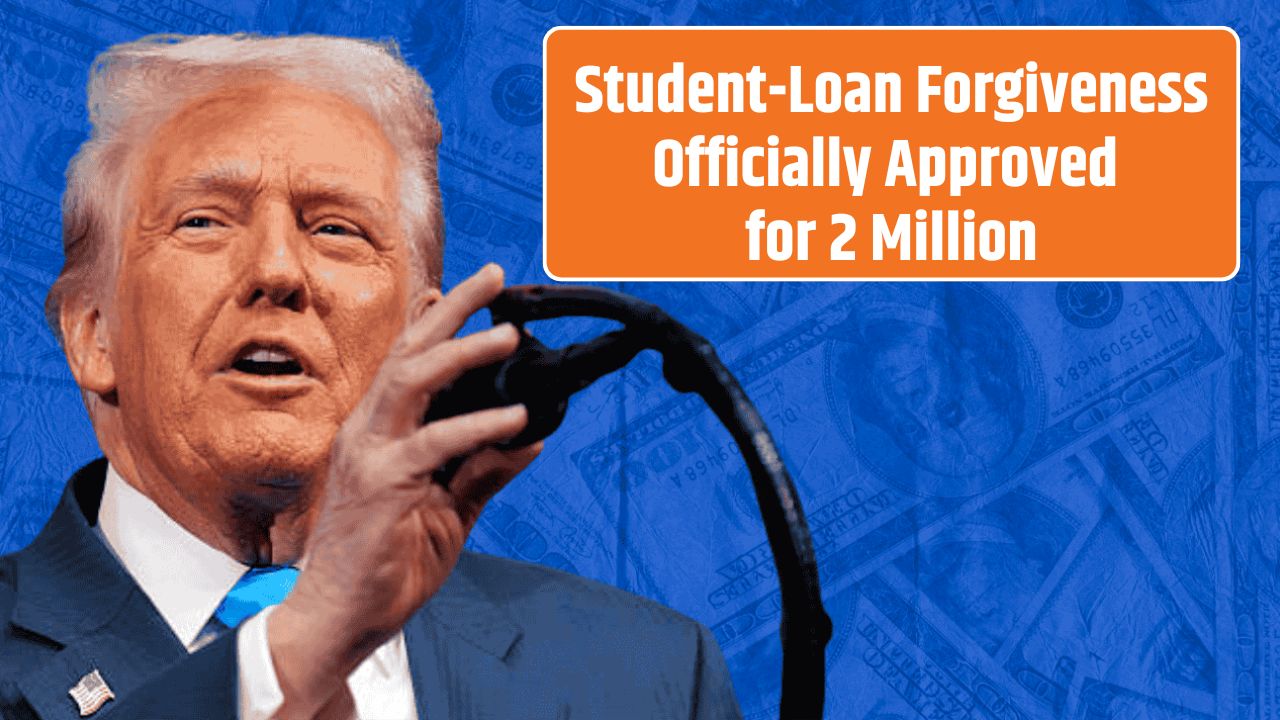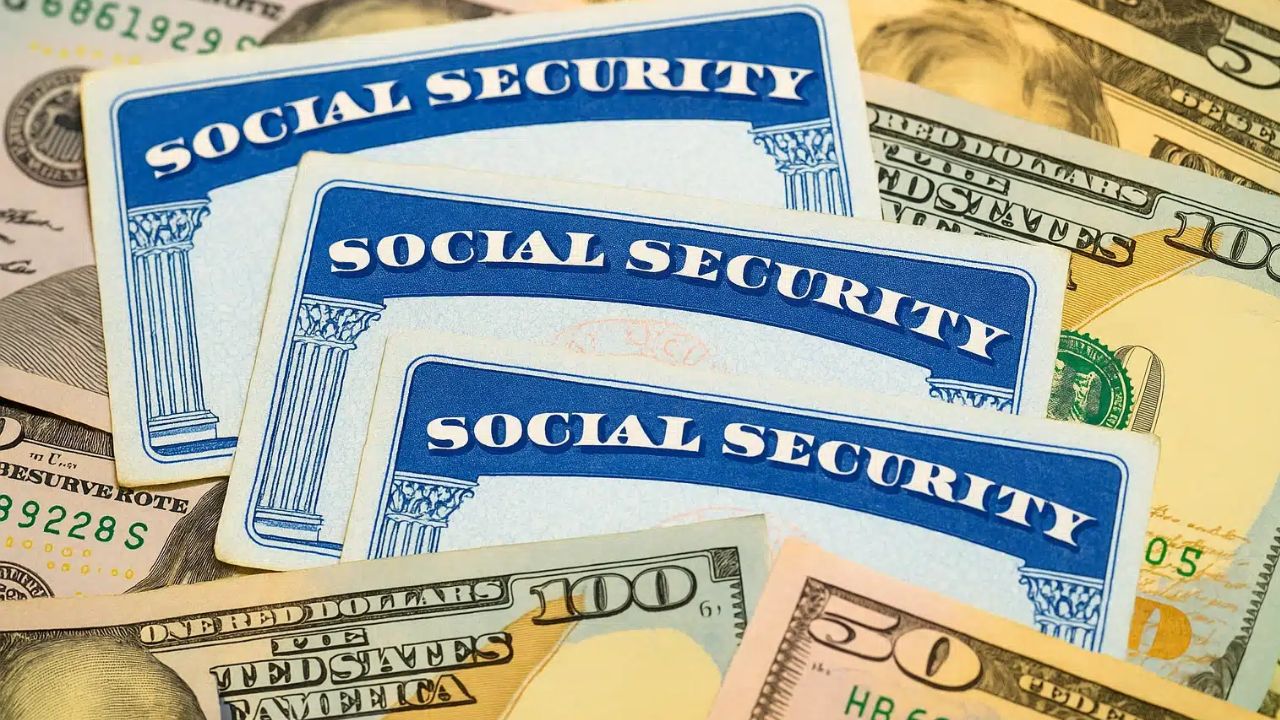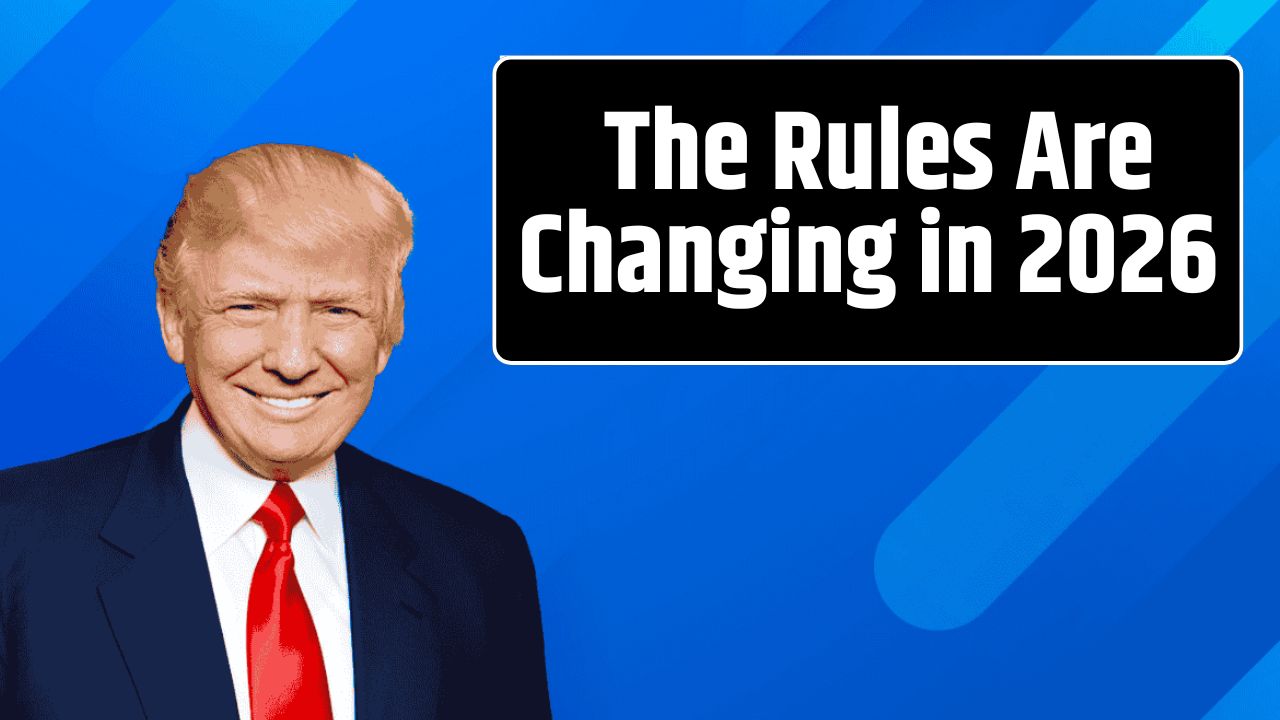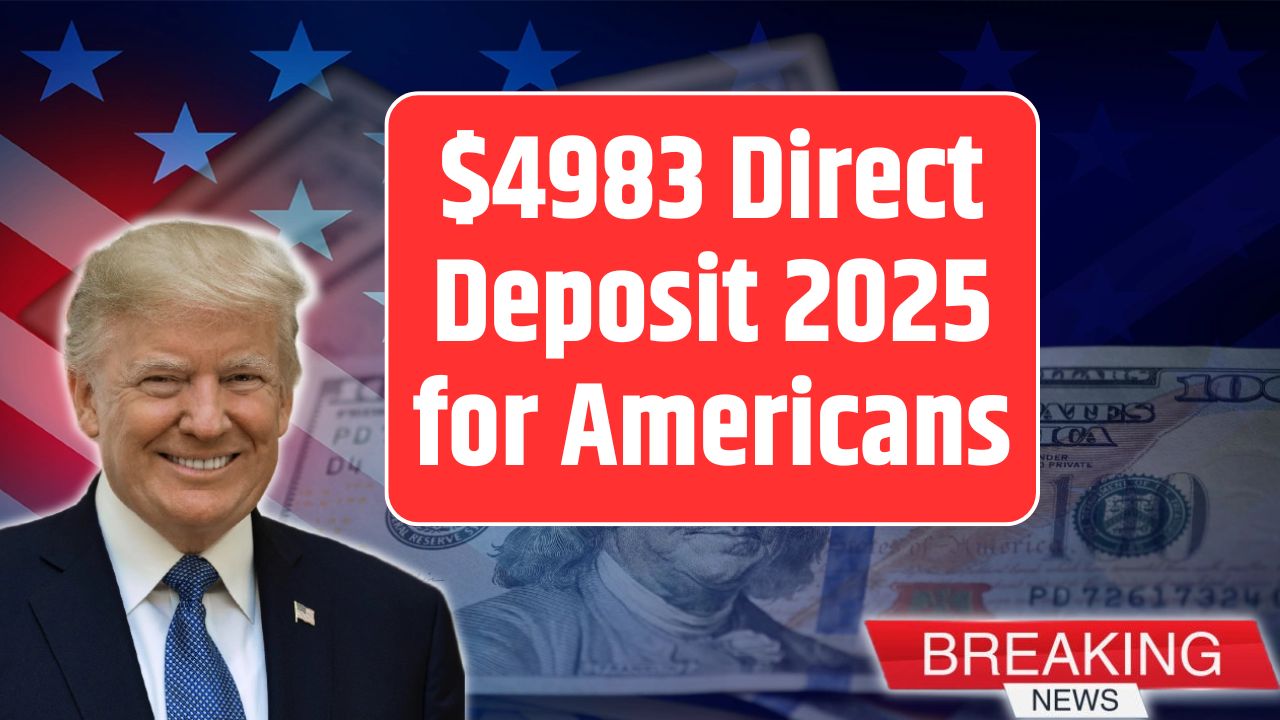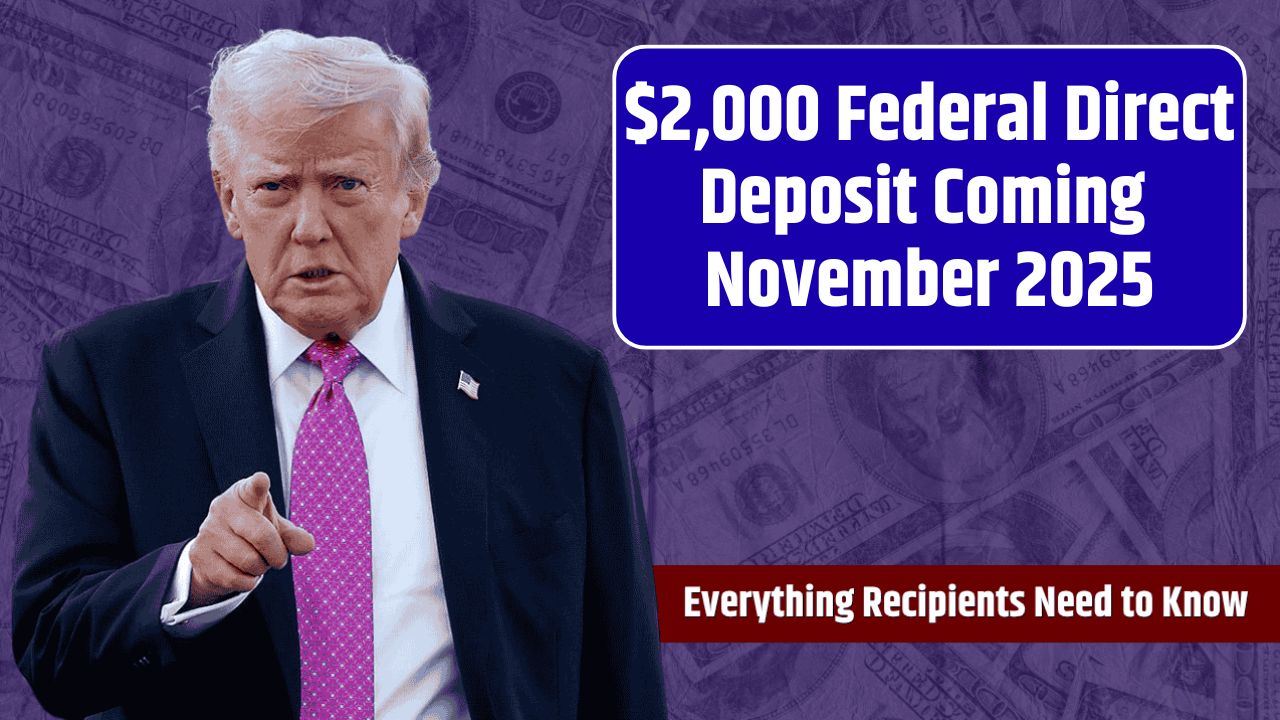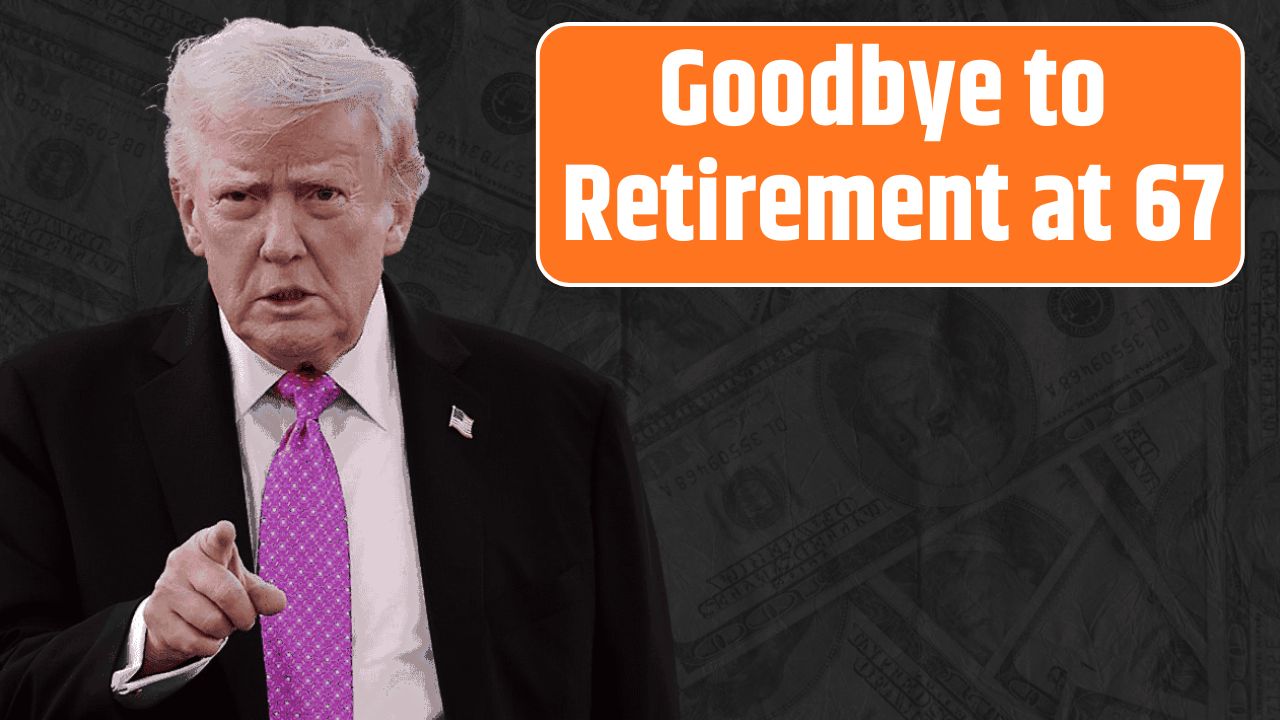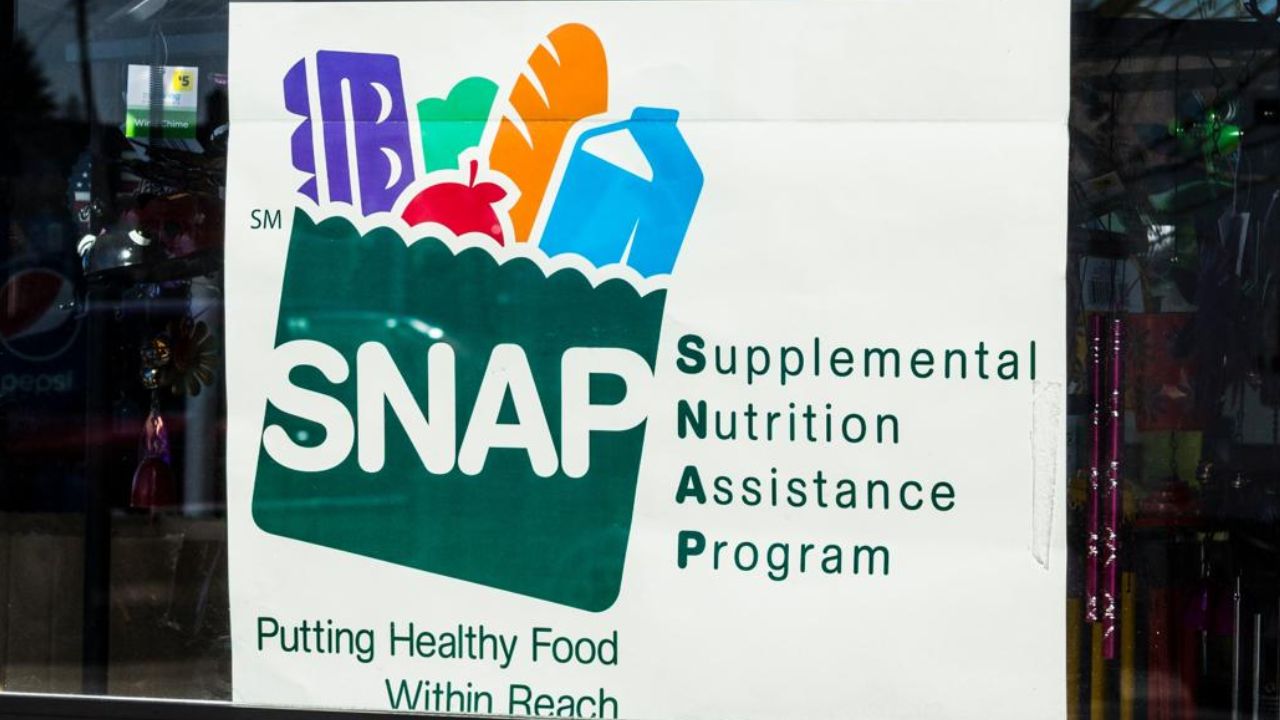For thousands of student-loan borrowers, the long-awaited message finally landed in inboxes across the country:
Subject line: “Your student loans are being forgiven.”
After decades of payments, borrowers enrolled in Income-Based Repayment (IBR) and other income-driven repayment (IDR) plans are finally seeing their balances wiped away. The U.S. Department of Education confirmed in early November 2025 that it has resumed processing full loan discharges for borrowers who have reached the 20- or 25-year repayment threshold — marking one of the largest forgiveness efforts since the IDR system began.
“For many borrowers, forgiveness in 2025 versus 2026 could mean thousands in tax savings,”
said Melissa Jacobs, higher-education analyst at the Brookings Institution.
“The government is racing the calendar.”
Scale of Forgiveness
New Education Department data show just how significant this round of relief is.
| Category | Estimated Borrowers | Key Detail |
|---|---|---|
| Immediately eligible for discharge | ~350,000 | Already met 20-/25-year threshold |
| Nearing eligibility (within 12 months) | ~3.9 million | Long-term IDR participants |
| Total in income-driven plans | ~8 million | Across IBR, PAYE, and SAVE programs |
| Estimated total debt canceled | ~$42 billion | Federal Direct & FFEL loans |
The Department began emailing borrowers in early November with official discharge notifications, and loan servicers are expected to update balances to $0 in coming weeks.
A Rare Opt-Out Clause
Forgiveness will occur automatically for eligible borrowers — no application needed.
However, the Department of Education introduced a seldom-used opt-out option for those who prefer not to have their debt erased.
The reason? State taxes.
While forgiven student debt is federally tax-free through 2025, several states — including Mississippi, Indiana, and North Carolina — may treat canceled debt as taxable income.
“Opting out makes sense only if you can repay the loan soon anyway,” said Betsy Mayotte, president of the Institute of Student Loan Advisors. “For most, it’s a once-in-a-lifetime opportunity.”
Opt-Out Deadline: Borrowers must notify their loan servicer by October 21, 2025, if they wish to decline forgiveness.
How to Check If You Qualify
Borrowers can confirm eligibility in just a few steps:
- Log in at StudentAid.gov and check your My Aid section for forgiveness status and payment counts.
- Contact your loan servicer (MOHELA, Nelnet, Aidvantage, or EdFinancial) to verify your timeline.
- If you’ve received an official forgiveness email from the Department, no further action is needed.
| Step | Action | Deadline |
|---|---|---|
| Review eligibility email | Check subject line: “You’re eligible to have your student loan(s) discharged.” | Ongoing |
| Opt out (optional) | Contact your servicer | Oct. 21, 2025 |
| Discharge processed | Balance updated to $0 | Within weeks |
| Receive final confirmation | Servicer or Department email | Late 2025 |
Connection to the 2025 Reform Law
This latest forgiveness wave aligns with reforms under the One Big Beautiful Bill Act (OBBBA) — the Trump administration’s 2025 overhaul of the student-loan system.
The new framework proposes:
- Merging multiple IDR plans into one simplified repayment model
- Using IRS income data for automatic annual updates
- Shortening forgiveness timelines for public-service employees
At the same time, collections on defaulted loans resumed in May 2025, ending a five-year pandemic pause — a move criticized by borrower advocates such as the American Federation of Teachers (AFT).
“Borrowers who’ve done everything right shouldn’t have to wait another year for relief,” said Randi Weingarten, AFT President.
“The Department must finish these discharges before the tax window closes.”
What to Expect in Your Loan Account
Once forgiveness is processed:
- Your loan balance will show “$0 — Discharged” or “Forgiven.”
- You’ll receive an official confirmation email or letter from your servicer.
- Auto-debit payments should be paused only after you see confirmation to avoid accidental withdrawals.
If your balance hasn’t updated by December 2025, submit an inquiry at StudentAid.gov/feedback.
FAQs:
Do I need to apply for forgiveness?
No. If you meet eligibility criteria under an income-driven repayment plan, your forgiveness will be processed automatically.
How do I know if I qualify?
Check your My Aid account at StudentAid.gov or contact your servicer for details on your payment count and loan type.
Is forgiven student debt taxable?
Not federally — through December 31, 2025. However, some states may treat it as taxable income.
